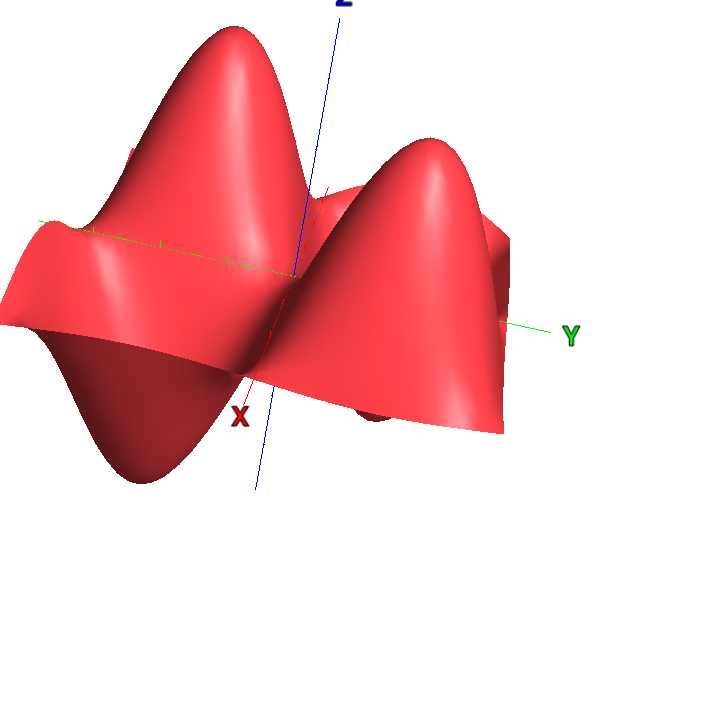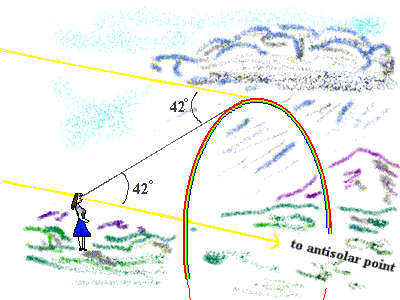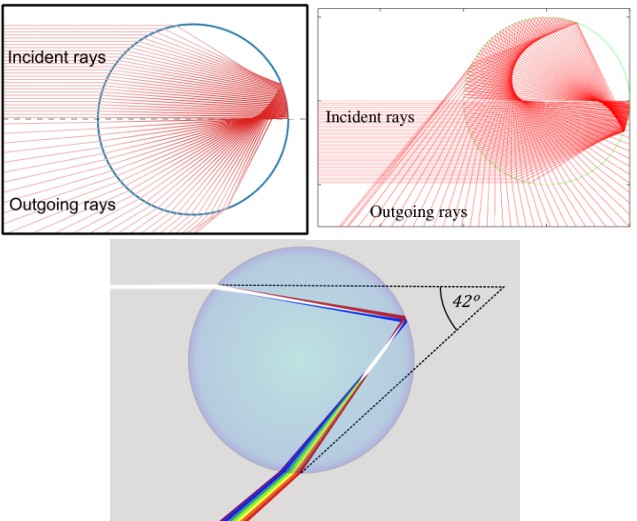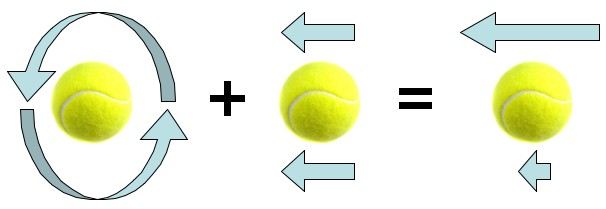Physicist: Recently I sent a series of emails back and forth with a reader that seem interesting enough to post. Conversations (near a chalkboard especially) are the best way to learn just about anything.
Q:
I wake up at 6am.
I brush my teeth get dressed and go downstairs.
I eat my breakfast at 7am and I’m just about to leave out the door.
when i notice there is an apple and an orange in a fruitbowl on a table next to me
at exactly 7:02am. I CHOOSE to take the apple.
I then make a choice whether I should choose to take my car or save gas and take the bus.
I CHOOSE to take the bus.
SUDDENLY. when i walk into the office, a strange event occurs and time starts moving backwards.
It goes back and back and back until finally it’s 6am in the morning and i wake up,
brush my teeth get dressed and go downstairs to eat my breakfast.
Here’s my tough quantum mechanics question for you,
at exactly 7:02am will I still choose to take the apple?
And if this process were repeated over and over and over again for about a million times. will the choice I make ALWAYS BE the apple?
A:
I’m working on a (to long) post about Bell’s theorem. The thought experiment you propose, about going back in time, is one of the better ways to understand it.
To actually answer your question: if choosing the apple is based on some quantum mechanical process in your brain (and there’s a good chance that at least some part of it is), then every time that choice is made the result is random. Time travel or not.
Part of the weirdness comes from the fact that every possible thing that can happen does. So (even when you time travel) some versions of you take the apple and some versions don’t.
Q:
Ok, remember how I took the bus in the thought experiment?
My question is, does quantum mechanics also apply in a reversal of time?
For instance, lets say that time started to slowly reverse.
Will I always get onto the bus backwards and head home.
OR.
will my car magically appear (even though i didn’t take it)
and will I backwards drive home in that?
So the concluding question is,
do quantum principles apply in a reversal of time as it does when time moves forwards?
A:
You’ll often hear “everything that can happen does” so if a particle can take two different paths it will actually take both.
If I understand your question correctly, the answer is yes. It turns out that “everything that could have happened did”. The “branching” goes both forward and backward in time. This is demonstrated by things like the “Franson experiment” that demonstrates the interference of a single photon with an earlier version of itself.
Driving a car, for example, will leave telltale signs that later make it impossible for you to have actually taken a bus. Chair fibers, leaving tire tracks, you’ll remember it, etc.
But if, in every way, you could have done either one, then you did both (no magically appearing cars).
This is actually the backbone of the Feynman path integral technique.
Q:
So are you telling me that just next to us, could exist a place where the Nazis won the second world war?
A place where there exists a flying spaghetti monster? (to quote richard dawkins)
Or even a place out there in a dimension somewhere where there exists an all knowing omnipresent, omnipotent, all encompassing being who “watches over us” etc..
A:
Sure. BUT, it’s impossible to interact with things that are even a little bit different. For example, a stream of identical photons (lasers) will all interact with each other strongly. You can see evidence of this in effects like speckling. Non-coherent (regular) light is made up of all kinds of different photons, and the best way to figure out how they’ll behave is to assume that they’ll ignore each other. This is sort of a metaphor, and sort of a concrete example.
So while, yes, there are almost certainly universes where the Nazis won, it doesn’t matter. It’ll never have any impact on our universe whatsoever.
A good rule of thumb is: if there is any conceivable way, whatsoever, for anything to tell the difference between universes, then they can’t interact (from the perspective of that thing that can tell the difference).
Q:
Couldn’t that then solve the entire God dilemma? I mean if in only one of these infinite dimensions there existed an all encompassing all knowing all powerful entity, wouldn’t this entity then transcend all dimensions? (since he is all encompassing)
A:
If you want to consider God, then it’s best not to do it in any kind of physics based context. That being said:
Remember that if two universes are even slightly dissimilar, they won’t interact at all. By “slightly dissimilar” I mean something like a single electron being conspicuously out of place.
So any existing Gods that follow the most basic laws of logic and quantum mechanics will be stuck in their native worlds.
If you’re not worried about Gods that follow physical laws, then, again, physics is literally the worst possible forum.
Also, you have to be careful with this kind of reasoning. You can make up just about anything and claim that it should exist in every version of the universe.
The rule “anything that can happen does” carries a bit more heft that it seems to at first. If something can’t happen, then it doesn’t happen in any version of the universe.
For example, spaghetti can neither fly nor think, so the FSM (pasta be upon him) can’t exist in any universe, no matter how much anyone dresses like a pirate.












